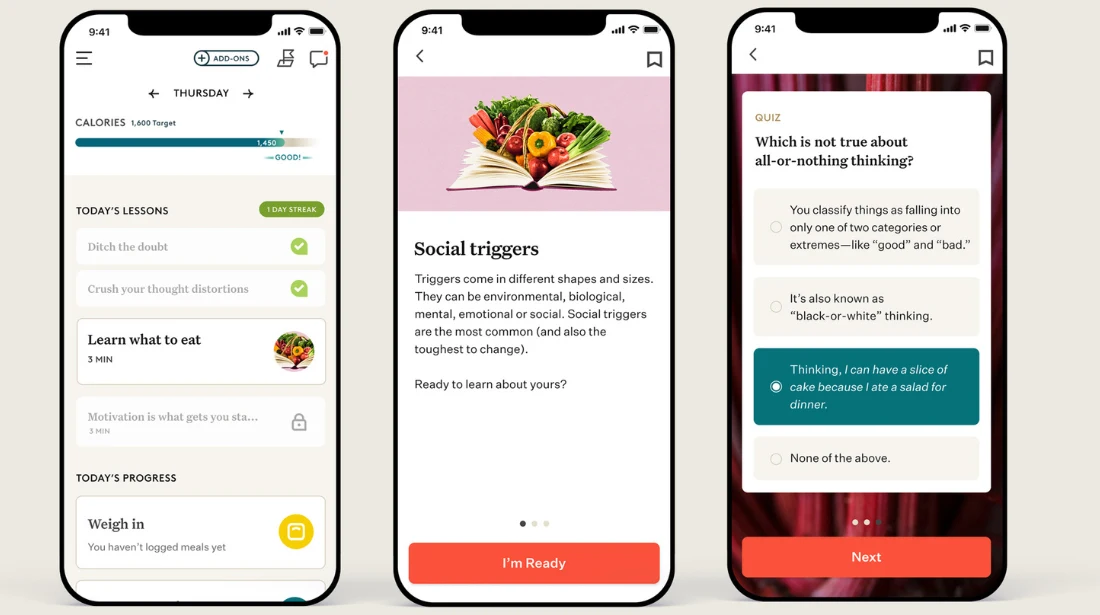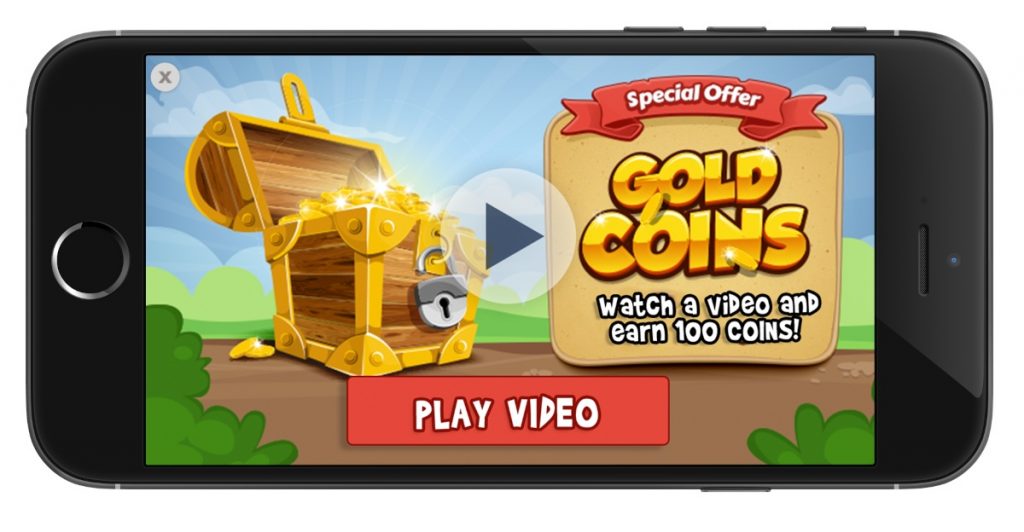There’s nothing that compares to the flutter of your heart when you hear that notorious “buzz buzz” of your phone. Something exciting is happening on that little digital brick and you have to know—right away—what’s going on. Marketers are fully aware that mobile devices are extensions of their customers and serve as a direct line of communication.
Because of this ability to reach customers wherever and whenever, they’re starting to increasingly embrace mobile marketing strategies. But, as mobile capabilities evolve, new trends are starting to emerge—and brands are taking note. Let’s explore some of these latest mobile trends.
Mobile Gaming
Mobile gaming is taking off. According to VentureBeat, the total global number of gamers will reach three billion this year. That means over a third of the global population plays games. While much of this growth is attributed to shifting demographics—”most young folks play games”—mobile gaming is also responsible for some of the growth.
One reason why mobile gaming, specifically, is contributing to the growth of the gaming industry is because of the free-to-play model. Users can download a mobile gaming app, play for free, and then make in-game purchases. The free-to-play model is so effective that “98% of all mobile game revenues were generated through in-game transactions.”
So what’s the connection to mobile marketing? Understanding there’s a large gaming population, and the difficulty of retaining and engaging app users, mobile marketers have started to incorporate aspects of gamification.
Gamification in Non-Gaming Apps
Adding gaming elements to consumer apps can increase retention. Diet app, Noom, for example, sets reading goals within the app. Once the daily reading task is achieved, users are rewarded with coins. Users try to complete readings, collect coins, and level up—similar to a game. This aspect of leveling up and making progress helps retain customers and reduce churn. After all, who wants to start over at level one?


Noom offers readings and quizzes to help customers “level up” as they continue to use the app. Source: Sports Illustrated.
Mobile Video
Video, as a medium, has always held consumers’ attention. But the popularity of mobile video, in particular, is skyrocketing. “In 2020, 63% of all mobile traffic was video traffic. This number is predicted to grow to 76% by 2025.” Also of note, “in 2021, the average US user had 9.5 streaming apps on a mobile device. This is an 85% increase in comparison to 2019.”
Understanding how consumers are using different platforms is crucial for video success. If videos interrupt or prolong activities, they’re not going to engage users. Take TikTok, for example. The video-based social network is rapidly gaining popularity (it’s been downloaded 2.6 billion times worldwide) and it runs on short, user-generated videos. Plus TikTok’s algorithm gives each individual user a custom experience—delivering only videos the user is most likely to interact with. If your brand’s ad or video is too long, staged, or irrelevant, users are going to scroll.
Video Ads
One marketing example of mobile videos Udonis points to is the expansion of mobile video ads. As mentioned above, free-to-play mobile games prove to be beneficial for increased engagement but how can brands make money while they wait for users to make in-app purchases? Ads. But, with a variety of mobile video platforms to choose from, Udonis points out, brands have to be smart about how and where they display their video ads.


One place we often see mobile video ads is in free-to-play games. They pop up, advertising other similar games to capture users’ attention. Source: Motioncue.
Social Commerce as a Mobile Trend
Speaking of social networks, another mobile trend to watch is social commerce. Social commerce, very simply, is selling through social networks. According to McKinsey, “In 2021, $37 billion in goods and services were purchased through social-commerce channels. By 2025, that figure is expected to swell to nearly $80 billion, or 5 percent of total US e-commerce.”
The umbrella of “social commerce,” however, covers a variety of marketing tactics. One example is brands implementing augmented reality (AR). L’Oreal, the beauty brand, rolled out a virtual filter that allowed users to “wear” their lipstick colors while on apps like Snapchat.
Influencer Marketing
Influencer marketing is another category of social commerce. People with large social media followings jump on their platforms, post a minute-long video talking about the benefits of certain products, and BAM, the brand behind the product makes a killing.
As McKinsey explains, “For example, rather than watching an ad for a new skin-care formula, your favorite celebrity can invite you behind the scenes into their daily skin-care routine, showing you how they use the branded product and why they love it. Consumers can then buy the product directly within the platform, whether it’s on Instagram or TikTok or through YouTube Shopping.”


Influencers are now required to use “#ad” in their paid posts to make it clear to users that the post is an advertisement. Source: Swat.io.
Social commerce connects brands with customers on a more personal level while making the shopping experience easier and more interactive.
Mobile Trends Continue to Evolve, Especially When it Comes to Marketing
Mobile gaming, mobile videos, and social commerce are just a few of the mobile trends that we expect to become more mainstream in the future. With mobile channels providing an open line of communication to every customer, brands are taking advantage and new trends will continue to emerge, especially when it comes to mobile marketing.
One huge factor that makes mobile marketing so appealing is the ability to personalize communications. The two-way line of communication not only gives brands the ability to reach customers, but it gives customers the ability to reach brands, providing highly valuable zero party data that can inform hyper-personalized messaging going forward. The more you lean into integrating mobile channels, the more you’ll get out of them.
To learn more about how Iterable can help you develop and heighten your mobile marketing program, schedule a demo today.

































